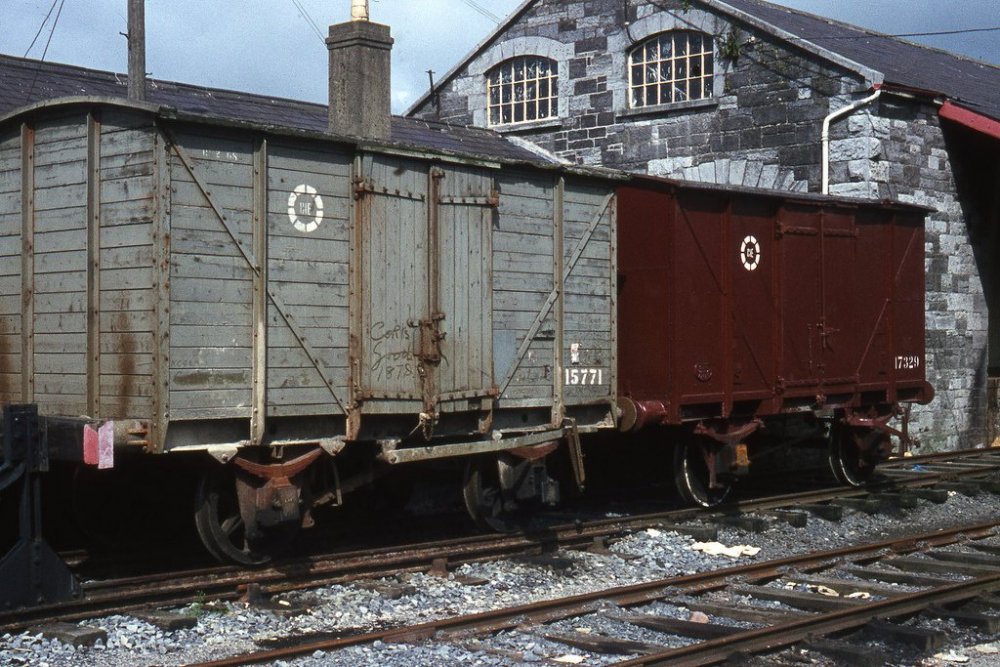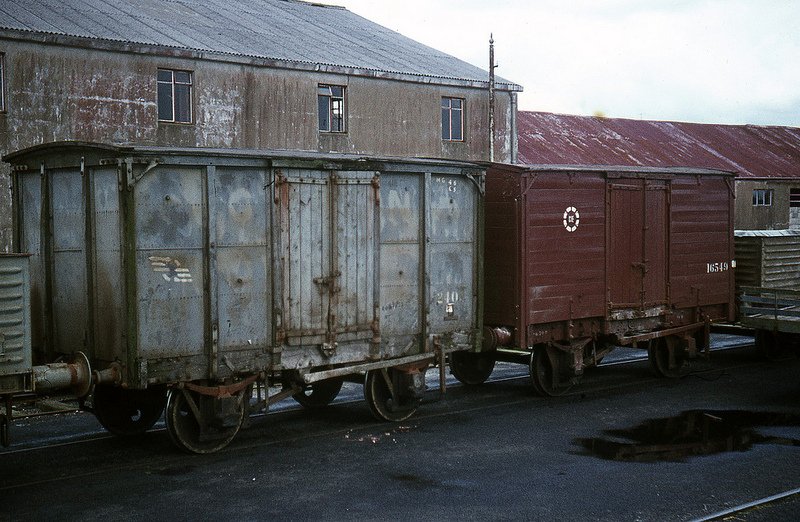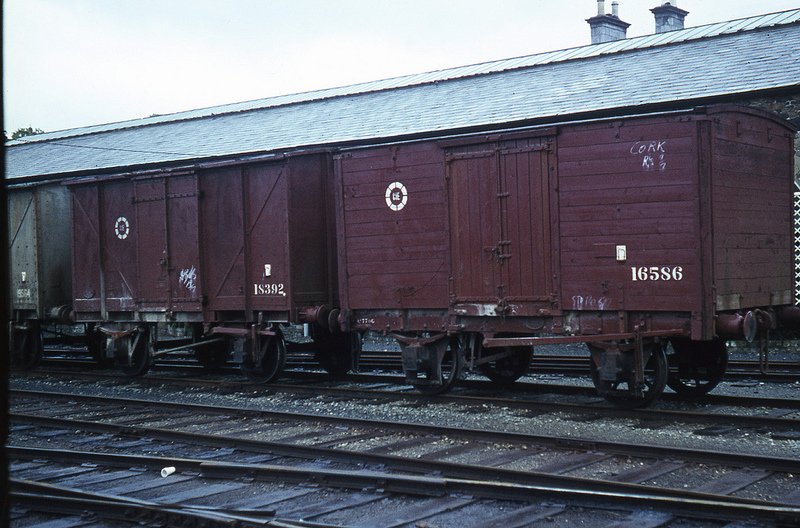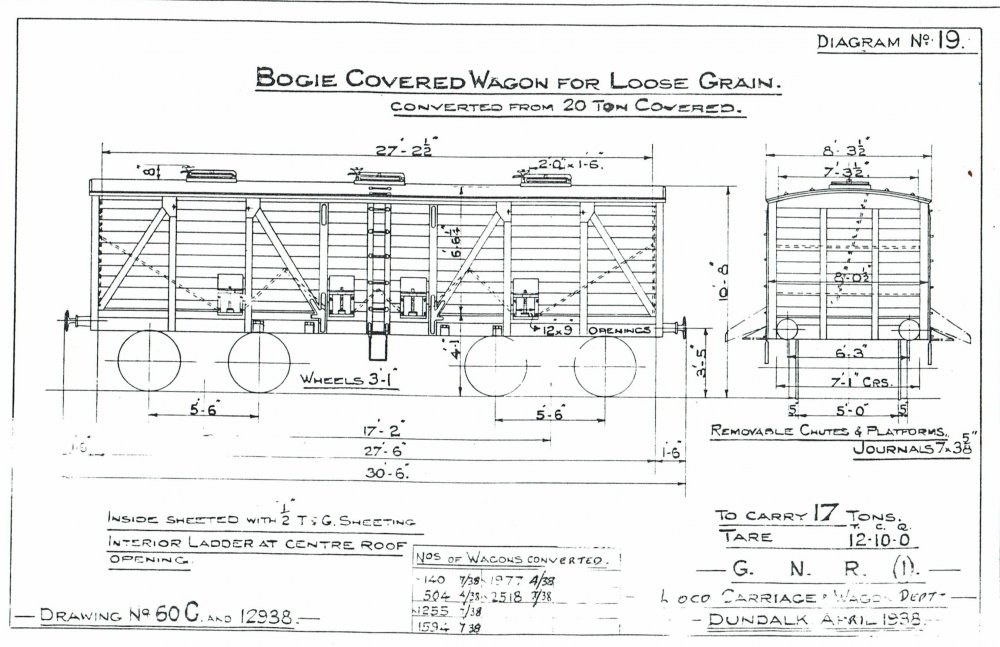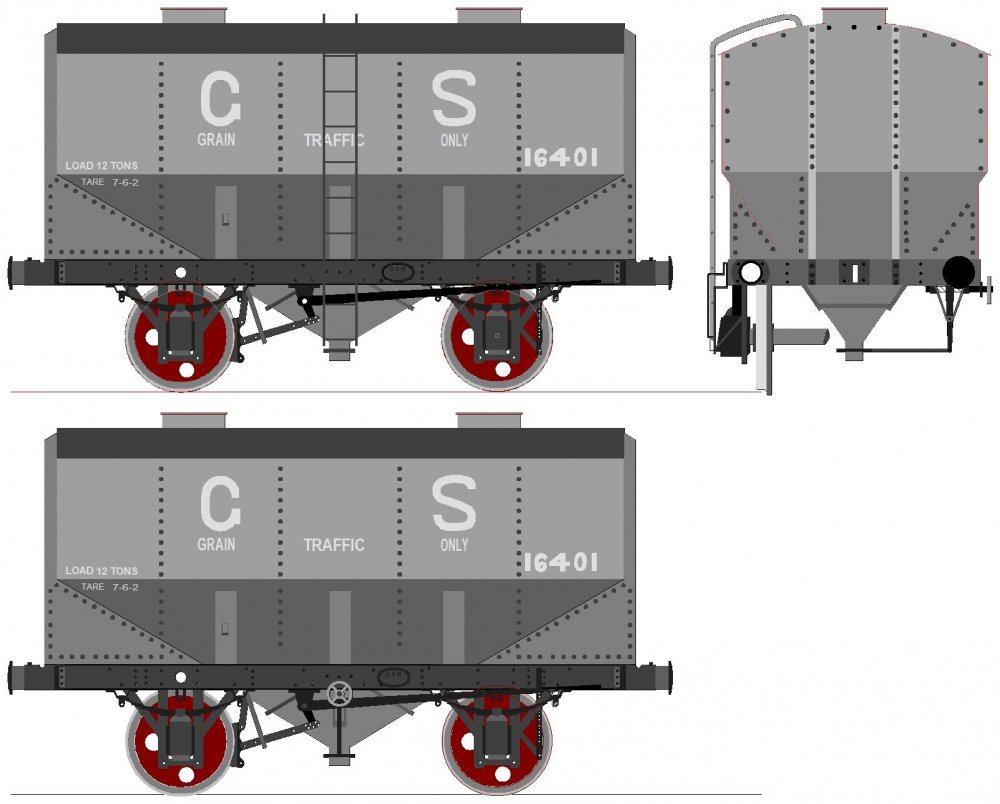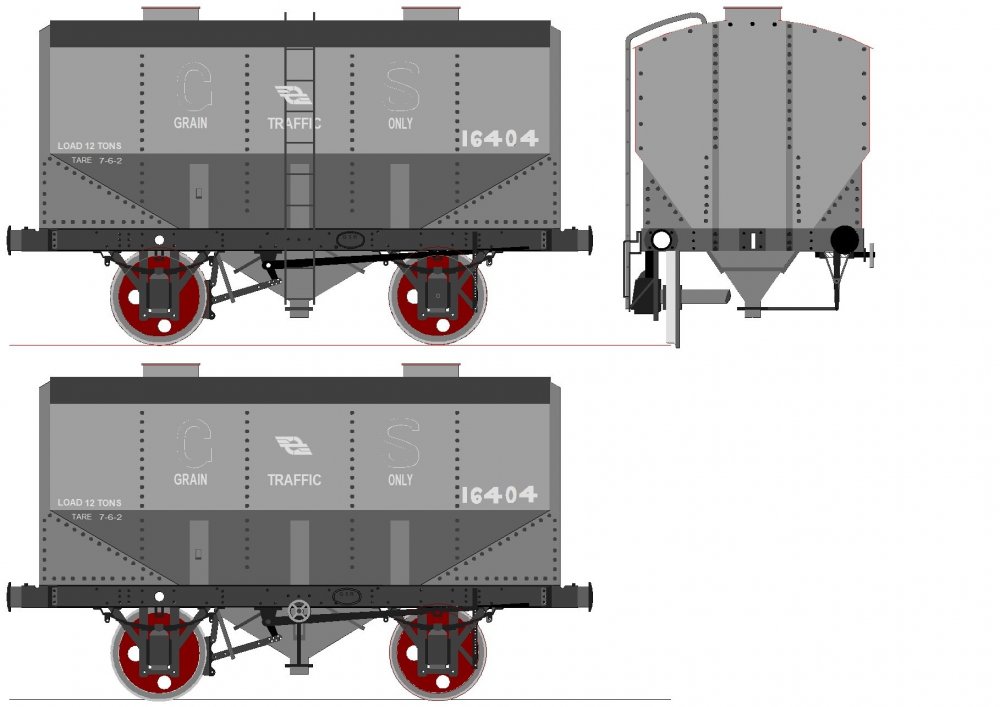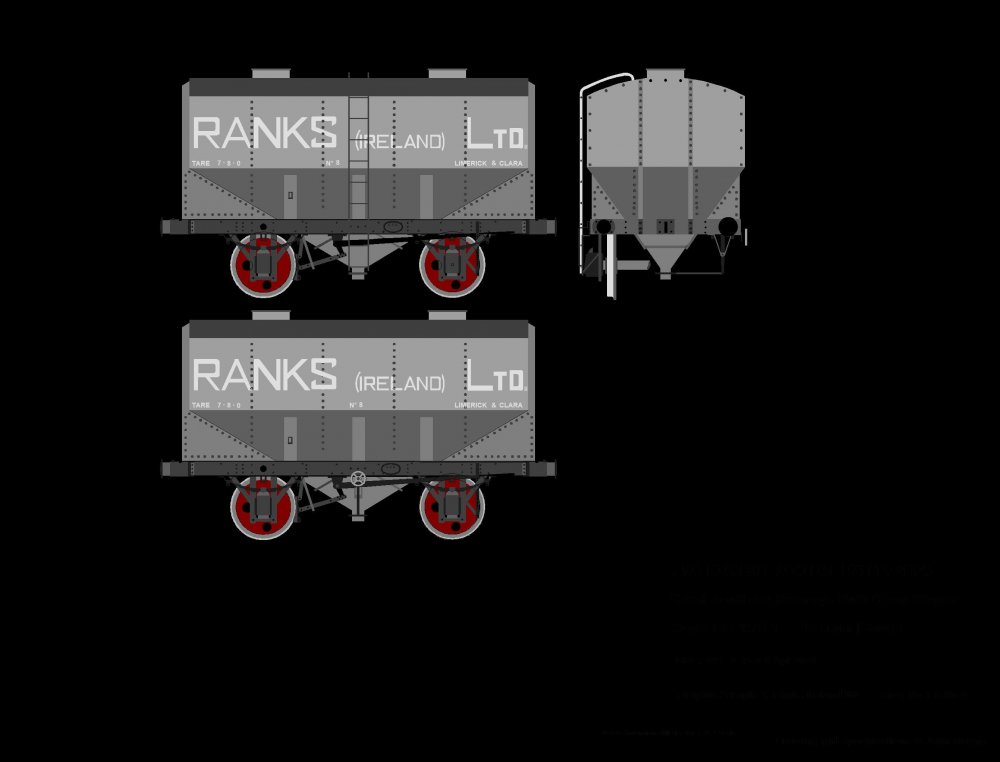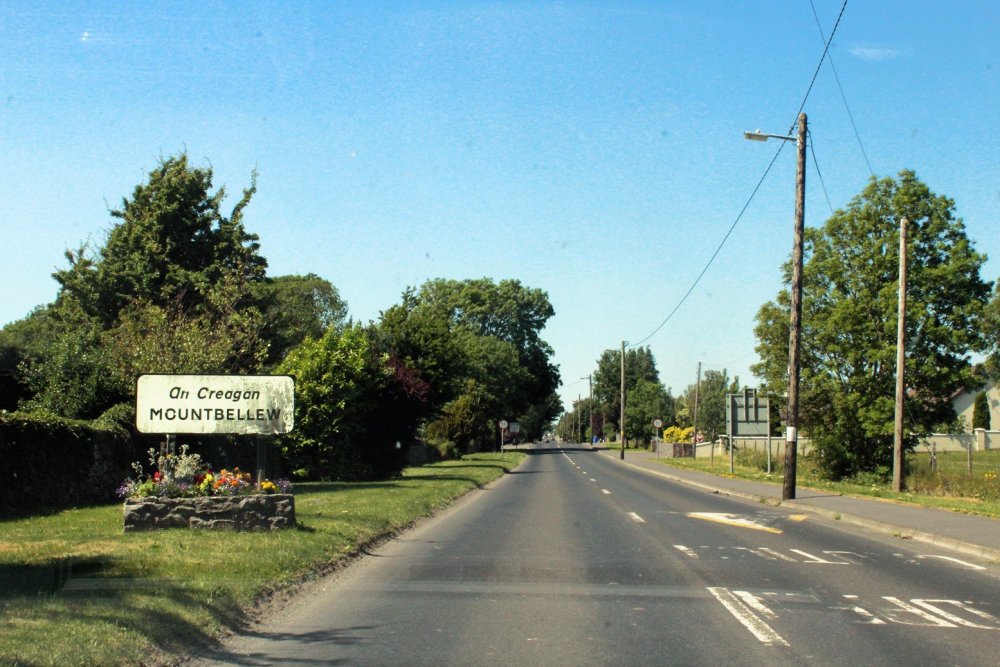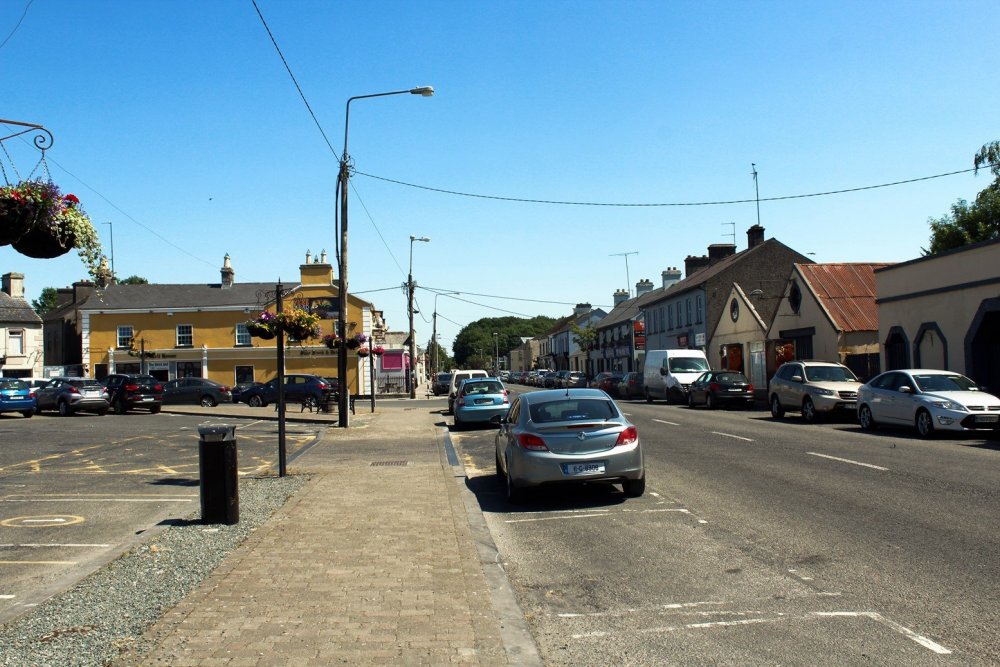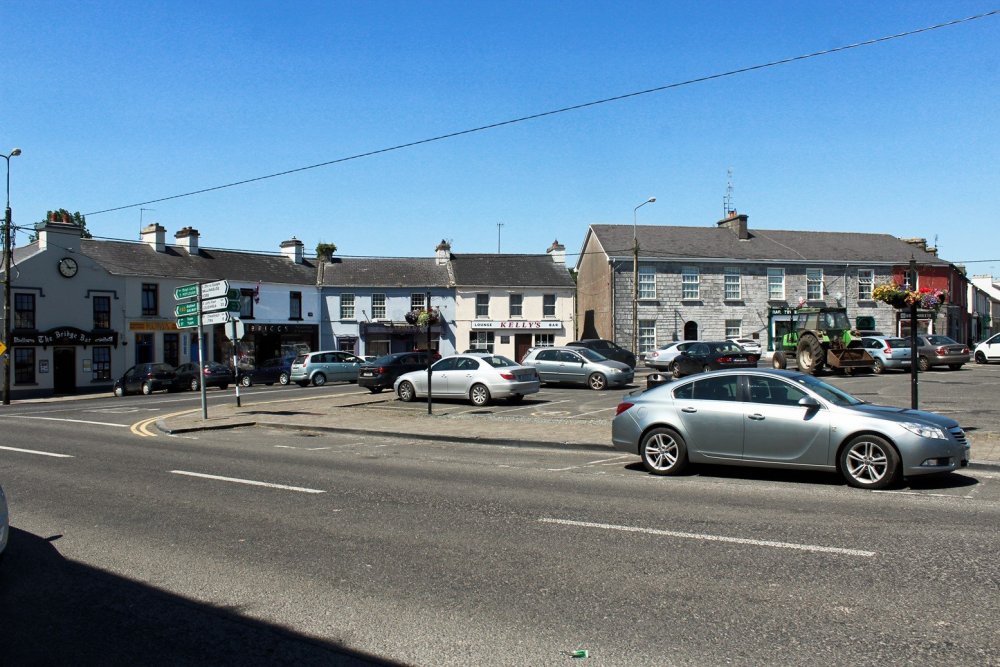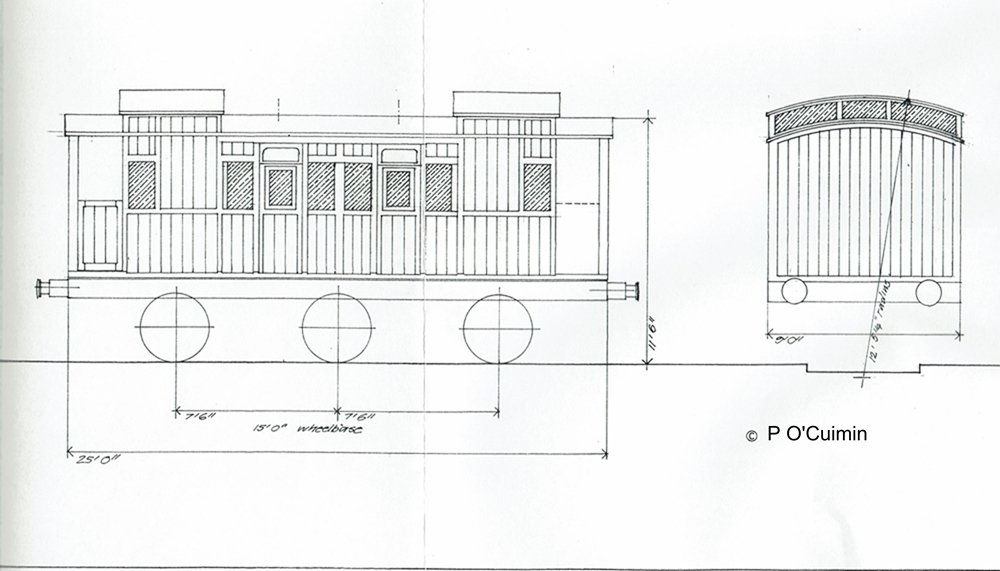-
Posts
4,871 -
Joined
-
Last visited
-
Days Won
119
Content Type
Profiles
Forums
Events
Gallery
Blogs
Store
Community Map
Everything posted by Mayner
-
The Connolly-Sligo and Connolly-Rosslare intercity sets complete with buffet vars were regularly rostered on early morning Connolly-Maynooth suburban workings during the carriage shortage of the 80s & early 90s.
-
It was an anxious moment whether she would run in the Northern Hemisphere & perform on a layout as we only had a temporary oval of Hornby set track as a test track. Like all good mechanics/loco builders I still have to finish off a Midland 2-4-0 for myself.
-
The CIE H van introduced in the early 1950s appears to have evolved out of a GSWR 10T van 15147 with steel underframe and framing and planked body work introduced during WW1 which later became the standard GSR van. The photos were originally published on Flickr some years ago. I have no details of the original photographer/publisher. 15771 GSWR/GSR 10T standard covered wagon & 1950s H Van. At some stage (possibly in GSR days) some vans were fitted with aluminium sheeting over the planking such as the photo of the van in Donal Murray's GSR book, the aluminium sheeted vans resembled the plywood bodies CIE H vans, but seem to have been fitted with planked doors. 15903 GSR built IRCH standard 10T covered wagon. The MGWR & GNR also built and used this type of wagon. Ex GNR Irish Standard 10T van with aluminium? body sheeting! and Double skinned 10T covered wagon 16586 The final 10T van 16812 was unique with an all metal body with corrugated ends similar to LMS & British Railway vans and a roof profile not unlike a Baltimore & Ohio Wagon Topped boxcar http://www2.irm.org/blogs/categories/55-Baltimore-Ohio-374065-Wagon-Top-Boxcar 16812 ended up as a builders store in Castleknock and there was a grounded body of an aluminium clad van in a field on the Dublin side of Kinegad at least up to the late 1990s. CIE appear to have treated the 15147-16812 series 10T vans as a common type despite significant differences in design and construction. To confuse things further the GSR appear to have built some timber framed "Standard Irish" 10T vans not unlike the GNR vans in appearance, in additions some of these vans were double sheeted with horizontal planking obscuring the outside framing. The double sheeted vans were long lived and may have been insulated vans used for perishable traffic some were re-painted in red oxide and remained in service into the mid 70s after the majority of pre- 1950s vans were withdrawn from service. CIE built the 1st batch of 12T vans in 1946 these had a plywood body sheeting similar to the H van of the 1950s on a standard steel underframe, these were followed by a batch of 9 wagons with "light alloy" bodies known as LMA wagons in 1952 similar visually to 16812 but with a conventional roof profile, the grounded body of one of these vans was at the rear of a farm house on the Athlone side of Rochfordbridge. I spent some time checking out grounded wagon bodies while working in Westmeath during the late 90s but have few decent photos.
-
The Midland being the Midland not wanting to tie up capital in a large fleet of cattle wagons to cover occasional demands built convertible wagons right up to the amalgamation. Half or the 300 Irish Standard 10T covered wagons built by the MGWR between 1922 & 24 were built as "soft topped" wagons although they were otherwise identical to similar wagons built by the GSR & GNR. I wonder what the code for convertible wagons was?
-
Well spotted, five wagon loads for a single customer was a fairly healthy traffic flow, serving Clones & Monaghan from Inny Junction and closing/mothballing the INW line west of Castleblaney might have kept the Cavan & Monaghan lines open for a few more years. Grain traffic appears to have increased substantially during the 50s and 60s with CIE adding over 100 bulk wagons to its existing fleet of 20 GSR built wagons. The CIE grain wagons were basically H wagons with ladders, roof hatches and discharge chutes added, the majority had the side doors fixed/welded shut, but some appear to have been built without side doors not unlike the GNR bulk cement wagons. CIE appear to have built 56 bulk grain wagons 23901-56 in 1955, converted 36 H vans to grain wagons 23967-96 in 1961 and converted a further 20 25021-25040 in 1964. Possibly something like the GWR telegraphic code to assist stations ordering wagons. I think H was for hard top as opposed standard Irish convertible wagons, 14' cattle wagons were classed K the longer 17'6" cattle wagons were classed KN, L for open wagons
-
I guess we might have to consider a rtr GNR(I) bogie Bulk Grain/Guinness wagon. I seem to "have a thing" about bulk grain wagons, I scratchbuilt an O Gauge one in tin plate on a Triang Big-Big Train chassis for the 1st MRSI O gauge layout many moons ago.
-
The Malahide and Dromin Junction was 4mm Scale OO Gauge built in the late 1960s early 70s presumably the original locos and stock were retained by the original owners when the layout was retired in the 1980s
-
I saw that photograph of the grain wagons in Monaghan, I wonder if they were routed via Inney Junction or over the INW from Dundalk. I ordered a copy of the Modeller with the Malahide article about two months ago but hasn't arrived yet. The layout was on long term display in the Kilkenny Shop in Dawson Street during the late 70s early 80s, I used to visit the layout and Southern Model Railways in the Grafton Arcade whenever I had an excuse to go in to "town". Both stations were nicely modelled stock was a mixture of 1950s era steam and black and tan era CIE. Trains included a steam hauled Enterprise with a scratchbuilt Compound by Harry Connaughton & GNR coaches, an Ar hauled bulk cement train, an ex GSWR D2 4-4-0 & DSER J8 0-6-0 with plasticard bodies on Triang-(Hornby) chassis and a mixture of scratchbuilt and modified rtr passenger stock and goods wagons incl a CIE AEC railcar set in black and tan.
-
To re-iterate, I am considering commissioning these wagons with IRM facilitating manufacture and European sales and distribution, its intended to market and sell the models under the JM Design branding. This tread and the survey is to assist in gauging the level of interest in the wagons before deciding whether or not to proceed further with the project, due to uncertainties about the potential level of demand for traditional Irish wagons against the background of the uncertainties of the current World environment. Anyway back to the wagons, the artwork for the grain wagons are based on photos of actual wagons, unfortunately we have been unable to find a colour photo of a Ranks wagon. The GSR built 12 bulk grain wagons 16400-16411 for company service in 1935. The 8 Ranks wagons Ranks 1-8 GSR PO registration numbers M183-190 were built in 1938 for traffic between Limerick & Clara, but used from the 1960s onwards for traffic between North Wall Boyle and Ballysodare. The Ranks wagons appear to have operated in grey with white lettering 1938-48 & from 1963 and in bright red with white letters between 1948-1963, a recently re-painted wagon in a 1950s photo appears to have black solebars and running gear although Drew Donaldson's model has red solebars. This information is based on drawings & notes by Herbert Richards and 1935 Locomotive Magazine article on the wagons. The wagons appear to have been used along with CIE built wagons for bulk grain traffic from Gorey and possibly Enniscorthy to Ballysodare and Ardee during the final years of bulk grain traffic. Ranks built a large grain elevator complex at Dock Road Limerick and elevators at Clara following their take over of Goodbodies milling operations and entry to the Irish market during the 1930s, bulk grain wagons appear to have been loaded/unloaded in the ex GSWR Yard at Careys Road Limerick, the elevators at Clara were served by a private siding with a connection from the ex GSWR goods yard.
-
I expect to release the grain wagons with 4 livery variations at the same time based on a minimum production run of 1500 wagons, although I have an additional 4 livery variations including Ranks in GSR dark grey & CIE in red oxide with broken wheel emblem including including up my sleeve if there is sufficient demand. 16404 GSR grey as introduced. 16404 CIE with GS grinning through & GSR running numbers. The wagon bodies were fabricated from a rust resistant steel and they wagons may only have received a single coat of paint or the GSR initials may have only been blanked out with the GS initials grinning through in photos of several wagons. The Ranks Ireland Wagons wagons were originally introduced in GSR grey, repainted bright read by CIE in the late 40s, finally re-painted in CIE wagon grey from the mid 1960s. The red wheels, and shading are just to provide some contrast with the 50 shades of grey in the CAD work! Wheels are planned to be the standard coated RP 25 wheels used by IRM and other manufacturers, solebars will be the main body colour except for the red wagons which appear to be black! The estimated price range is based on current costings for a minimum production run of 1500 of each type of wagon with the livery variations in my original posting. We will proceed with the project if there are indicators of sufficient demand including expressions of interest at this stage and sufficient commitments to purchase at pre-tooling stage. My current thinking is that the grain wagons may sell singly or in sets of two with different running numbers, open wagons in 2-3 wagon sets with different numbers especially for modelling beet, gypsum, sand and coal trains.
-
JM Design is considering introducing a range of highly detailed 4mm OO gauge ready to run traditional Irish rolling stock in conjunction with Irish Railway Models. We focusing mainly on stock introduced between the 1920s and the early 1950s that operated during the steam and through to the early "Supertrain" era. Our first planned models are the GSR/Ranks Ireland Bulk Grain wagons that were introduced in the mid 30s and remained in service until the end of wagon load grain traffic in the mid 1970s. Our second planned model is the humble Irish Standard 10T Open Wagon a design that was introduced following WW1 and was built by the GNR(I), GSR & CIE through to the introduction of the corrugated open wagons during the mid 1950s. The wooden bodied opens were used for general merchandise and bulk traffics such as coal, gypsum and sugar beet and they were even used to carry BR style B & D containers many lasted into the early 1970s. We are considering producing Ranks Ireland and CIE versions of the grain wagon. Ranks Red 1948-1963-4 Ranks Grey post 1964 CIE winged wheel CIE "Broken wheel" with GSR style running number! Graphics are based on photos of prototype wagons and drawings and information provided by Herbert Richards. Because of uncertain demand for earlier stock our pricing and planning projections are based on a minimum factory quantity for each type of wagon, its planned to produce the grain wagons as limited edition items. GSR built standard open 10567 GNR "Standard Open. The open wagon is based on drawings and information provided by Herbert Richards and a GNR(I) wagon diagram. The spec for both wagons include plastic injection moulded bodies, slimline tension lock couplers in NEM mounts, RP25 110 wheels & 21mm gauge compatible underframes. Although both wagons share a common chassis tooling the models are expected to retail within a €50-57 price range based on current costings. If there is sufficient interest to proceed with the project I expect to issue a press release in conjunction with IRM with a potential release of the grain wagons in the later part of 2021 with the opens to follow in 2022. I would appreciate your survey feedback to ascertain the potential level of demand. https://www.surveymonkey.com/r/5QK5QJM
- 98 replies
-
- 23
-

-

-
Funnily enough I dream't last night that I was cleaning up after a freight train derailment on an N-Gauge layout and had diverted through traffic via Conrail to keep things moving while we cleared the line. Many of the cars shed their trucks and piled up in prototypical fashion, we seemed to get by without heavy plant, oddly the frames of the two lead locos split with Mazac Rot. I better check my collection of N Gauge locos just in case!. Interestingly there is a Federal Railroad Administration (FRA) guy in the You Tube video keeping an eye on things. The Pipelaying crawlers are pretty rare in the UK and Ireland, would have been a safer and simpler option than cranes for positioning the locos for re-railing. They have massive lift capacity and are a lot more stable than either a crawler or mobile crane, which have a tendency of tipping over if set up on unstable ground.
-
3D printing is a kind of chicken and egg situation Shapeways attracts a large number of amateur designers but their printing technology is not really suitable for small scale model railways. Rapid prototyping companies have more suitable technology for our purposes https://www.3dpeople.uk/sla-3d-printing but you need to either develop the skills to produce the CAD work yourself, find a friendly designer or pay for professional cad work.
-
Funnily enough I used the Platform/Ground Level version of the Ratio on a minimal space MGWR branch line terminus many years ago. If you feel reasonably confident about building complex point work, it might be worth while considering a double slip in the crossover from the running line to the run round loop and goods yard, the Midland used this arrangement at both Edenderry and Kingscourt. It might be feasible to fit a mirror image of Edenderry into the area "behind the houses" between the R358 from Ballinasloe & the N63 to Ballygar & Mount Talbot. Edenderry had the advantage of having the cattle bank and goods shed on one side of the station/baseboard. I mounted a flying survey of the area while trying to track down the location of the ancestral farm of my Grandmother in 2018.
- 309 replies
-
- mgwr
- 21mm gauge
-
(and 1 more)
Tagged with:
-
I think one of the last workings on the branch may have been a beet special, which picked up laden wagons at Dunsandle while running from Attymon Junction to Loughrea before returning to the junction with the laden wagons, the goods loop at Dunsandle had been converted to a stub ended siding a few years earlier. There is an account of the final workings on the Ardee, Loughrea & Newcastle West branches in the Feb & June 1976 IRRS Journals Apparently Attymon was quite crowded when the beet special arrived at the Junction, with Up & Down main line passenger trains crossing at the Station and a laden Dundalk/Navan-Tuam beet special recessed in the laybye at the eastern end of the station. I think the Loughrea beet special may have been worked by the branch loco, and laden beet wagons from Dunsandle & Loughrea attached to the special from the GN line. Beet specials continued to run from Dundalk and Navan until the Tuam factory closed in the early 80s, I was stopped at Carpenters town level crossing by a long empty beet train in the Autumn of 84?, the cabin closed at Attymon and Westrail stock transferred to Tuam in the Mid 1980s. At one stage in the early 1970s mixed train working was withdrawn on the branch and double headed G Class used to haul a goods train. One of the locos possibly G613 in the black and tan paint scheme was used as branch line passenger loco, the second loco possibly G611 in black paint scheme waited in the goods shed between turns. The pair apparently used to double head a goods to the junction and return in the interval between the late morning and early afternoon passenger trains.
-
Glendalough Road looks like a fair sized village! I would be inclined to leave out most/some of the buildings on the viewing side of the layout, otherwise it will be difficult to see the Tram! The Mother in Law who is not very tall was disappointed with my narrow gauge layout because she is unable to see the train when it disappears from view in a cutting as it makes its way along the line. Like Galteemore I am a fan of curved backscenes. Engine shed acts as view blocker between station area and cutting section. I didn't have enough space for a building in front of mouse hole where train is supposed to run through backscene, perhaps some day.
-
Check out some of DeSelbys builds on RM Web https://www.rmweb.co.uk/community/index.php?/profile/3024-de-selby/content/page/2/&type=forums_topic_post Alan has a liking for little and large GN & NCC engines there is content on a GNR S,Vs, U and am NCC Mogul & a Whippet
-
I would be very wary about using a metal frame if you use a chain saw to cut firewood.
-
I like your sketches and general approach to modelling buildings, the Wills white washed stonework and wooden lintol really catches the unique character of these buildings. I am a great fan of Wills scenic sheets for modelling traditional Irish buildings Trends in architecture is a bit like generational change in music and fashion, each new generation of architects tend to rebel against the established styles of architecture by developing new concepts, although it sometimes ends up in building failure. Builders, structural and civil engineers then try to convert these concepts into reality not always successfully.
-
Some GSWR 12T brake van continued in service mainly on branch line duties into the 1970s, the older dark grey and GS(GSWR) lettering bled through on some wagons as the CIE grey weathered away. The majority of Midland goods brakes were of the drovers caboose type with raised cupola up to the introduction of more modern 20T brakes in the early 1920s. The 1874 type (complete with wooden brake blocks) appears to have remained in service up to the late 1930s, there is also an 1890 type similar in general styling to the horsebox and fish/meat van with the framing hidden by exterior planking and cover slips I am not aware of a drawing of photo of this type in the public domain. There was a later 1912 6w 20T type with the drovers compartment sandwitched between a guards compartment at each end. I don't know too much about Dublin & Meath rolling stock, its possible some of the locos and stock were sold to the Ennis & Athenry when the Midland took over working of the Meath Line, or Richard may simply have liked the look of the van. A Cork Macroom Direct Railway wagon operated on Castlerackrent although that railway operated in splendid isolation from the Irish railway network for most of its existence. The availability of original builders drawings from UK museums and libraries seems to have influenced Richard Chown's decision to model the WLWR rather than the Midland, despite a lot of prompting from Padraic O'Cuimin. The Ennis and Athenry was a bit like a more successful Bishops Castle Railway, forced to work its own line with second hand equipment after negotiations with the Midland fell through, then taking on the operation of the Athenry and Tuam line ultimately to be rescued by the Waterford & Limerick with Great Western support.
-
The Belgian hopper wagons were bought mainly for use on North Wall-Broadstone loco coal trains, although 2 were allocated to the p.w the p.w. dept the MGWR already had a hopper ballast train and plough brakes dating from the easrly 1900 similar to the GSWR & GNR. The MGWR re-organised its p.w. department to work with the new Bretland re-laying train in the 1920s and sold 15 ballast hoppers and two plough vans to the DSER before the amalgamation. There is a 1939 Charles S Bayer photo of 591 approaching Liffey Junction from North Wall train of 8 laden coal hoppers and a goods brake van in the IRRS London Area publication Irish Railways in Pictures no2. "The Midland Great Western line" , 591 was recorded as making "very labored progress" with the heavy train on a steeply graded section of line. CIE appears to have used a motley collection of open and ex GSWR hoppers on Broadstone loco coal trains during the 1950s. http://catalogue.nli.ie/Search/Results?lookfor=broadstone&type=AllFields&submit=FIND
-
I wound not blame the GSWR influence entirely for the end of polished brasswork and removal of brass name and number plates while an ex GSWR man was in charge of Inchacore, the GSR Board and senior management was largely dominated by ex-MGWR men, including the Chairman, General Manager and Chief Financial Officer. Apparently there was a GSR committee during the 1920s tasked with achieving savings by hunting down name and number plates for re-cycling as bearing brushes and other parts in the brass foundry. David it would be simple enough to backdate the Tyrconnell J26 into an E by replacing the funnel and smokebox door and wrapper. The MGWR re-built the E Class with new boilers, conventional smokebox doors and shorter cast iron funnels from 1911 onward's, the majority of 554 or J26 class retained their flush MGWR style smokeboxes and cast iron funnels until replaced with Inchacore style built up chimneys and pop riveted smokeboxes during the 1940s. The seem to have continued in use on short feeder branch lines such as Athboy and Killeshandra at least until the late 30s or possibly the ending of regular traffic on these lines.
- 42 replies
-
- 5
-

-
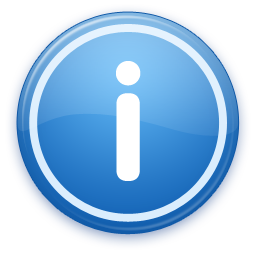
-
- kit building
- wagons
-
(and 5 more)
Tagged with:
-
I am finally getting around to the mechanical assembly of 52 Class No1. The supply of small Mashima motors appears to be drying up so No 1 is being fitted by a small coreless motor supplied by Chris Gibbons of High Level Kits, the loco will have my usual arrangement of a High Level Road Runner+gearbox should she get to strut her stuff on the main line. I decided to fit conventional wiper pick ups to the loco rather than my usual arrangement of "American" style pick up through the loco and tender frames with the wheels shorted out on one side. The Alan Gibson loco driving wheels are quite spindly and I didn't want to risk a wheel running off true as a result of fitting fine brass wire between the wheel hub and axle. Chassis with driving and bogie wheel sets set up for final assembly & coupling rods ready to be opened up with a broach to fit the crankpin bushes. The cylindrical object on the left is a 21mm gauge back to back gauge bought from TMD the predecessor of Studio Scale Models many years ago. The loco mainframes in the background are for a 551 Class (Midland E) 0-6-0T , I assembled and painted the chassis about 4 years ago, but has been dismantled for painting in GSR Grey, the chassis was originally painted in Railmatch Weathered Black my original match for GSR grey, but does not match the grey matched from a sample of GSR paint. I decided to fit a mounting plate for the power pick ups using a pieces of scrap nickle silver mounted between the frames above the ash pan, with 10BA bolts for securing the actual pick up plate. I tapped two holes in the plate 10BA with a tap mounted in a pin chuck. Bolts screwed into the plate then soldered in position before fitting to chassis. Pick up mounting plate soldered to frames with solder fillet Underside of frames showing fixing bolts for pick up plates, these will be trimmed to length when the pick up are fitted. I originally assembled the loco with a compensated chassis with a fixed rear and rocking leading axle, unfortunately the hornblocks and axles were slightly out of square. I un-soldered the hornblocks on one side and re-aligning the hornblocks using an assembly jig and coupling rods to ensure that the chassis does not bind. Something from the Dark Ages Possibly my last scratch built loco 567 dating from the late 1980s, the body is in plasticard on milled brass main frames. 567 formerly Ln Class Duke seems to have been the prototype for rebuilding the Midland Standard Goods, but although considered a success no further members of her class were re-built and the loco was withdrawn as non-standard following the Milne Report in the 1940s. Like the prototype my model of 567 included parts from an older locomotive in this case the mainframes, wheels and motor intended for a Dundalk Newry & Greenore 0-6-0ST, I originally planned to build a DNGR tank using the body from a GEM Crew Special Tank and a set of Alan Gibson milled main frames. I abandoned building the DNGR tank as it would have been easier to scratchbuild the loco than re-build the GEM kit as a 21mm gauge Irish loco. I assembled 567 in plasticard as I was living in a shared falt at the time that was not exactly conductive to kitchen table metal working. To a degree the chassis was almost "state of the art" by the standards of the time with beam compensation, Magib wheels and an Anchorage DS10 motor with a cast brass gear cradle, unfortunately she did not run very well a combination of the limitations of the materials and my assembly, though she looked reasonably like an Midland engine of the Post WW1 era. Visually the biggest drawback was the need to cut a chunk out of the boiler and ramp the cab floor to fit the motor and gears Despite loosing some bits and pieces 567 has stood up remarkably well with little evidence of parts warping or twisting or joints failing. In particular the laminated running boards with their 3 ply construction have held up very well with little warping or distortion. The question at this stage is whether to leave her in a display cabinet and build a new loco from scratch or renew the loco in classical Midland fashion like by renewing the loco in motoring parlance by jacking up the number plates and incorporating all the re-usable components into a new locomotive just like the real Duke or 567.
-
Some of the ex GSWR 333 & GSR 342 Class small wheeled 4-4-0s were built with outside framed bogies as a result of a problem with overheated bogie axle bearings on the 1st batch of the 333 Class as originally built in 1907. The overheating problem on the original locos was solved by changing the bearing oil, despite which the 342s were built with outside framed bogies! The 333 Class were originally built to work the heavy Rosslare-Cork Boat Trains in the early 1900s, they were powerful go-almost anywhere engines the GSR built another 6 in the mid 1930s and took over Dublin-Wexford-Rosslare passenger services when the Woolwich moguls bumped the 4-4-0s from the Cork-Rosslare Boat Trains. The calss seems to have been a favourite for excursions trains, GAA specials and Mystery Trains.
-
A good example of what can be achieved in 4mm from an etched brass kit. Ian Rathbone & Mike Edge's 4mm model of 800 in GSR lined green livery from a SSM kit. https://www.rmweb.co.uk/community/index.php?/topic/152458-gsr-800-class/page/2/
.png.c363cdf5c3fb7955cd92a55eb6dbbae0.png)

